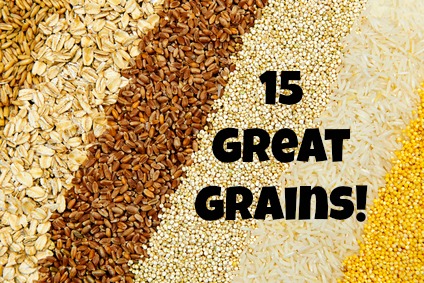How To Become More Self-Sufficient Without Starting a Full-Blown Farm…
Want to start preserving your harvest, making your own soap, or building a backyard root cellar — but not sure where to begin? “Homesteading Advice” gives you instant lifetime access to 35+ practical homesteading books on food preservation, veggie gardening, DIY natural cleaning products (save over $250 per year with this skill alone), brewing, off-grid energy, and a whole lot more…
Click Here To Check It Out Now!
“Whole grains are a staple in my plant-based diet, along with lots of starches, vegetables, beans and fruit.
Whole grains are low in calories, satiating, and full of health benefits.
One of the best things about grains is that there are so many wonderful kinds and many are interchangeable, which makes it easy to mix things up with different varieties, plus put a new spin on recipes you love. I only really started exploring the wide world of grains when I became plant-based.
If you’re cooking on your stove top, most grains are cooked fairly similarly (like rice): You put the dry grain in a pan with water or broth, bring it to a boil, cover, then simmer until the liquid is absorbed. The amount of water and cooking time are different for various grains (detailed in the list below, but cook times can vary a bit)…”

